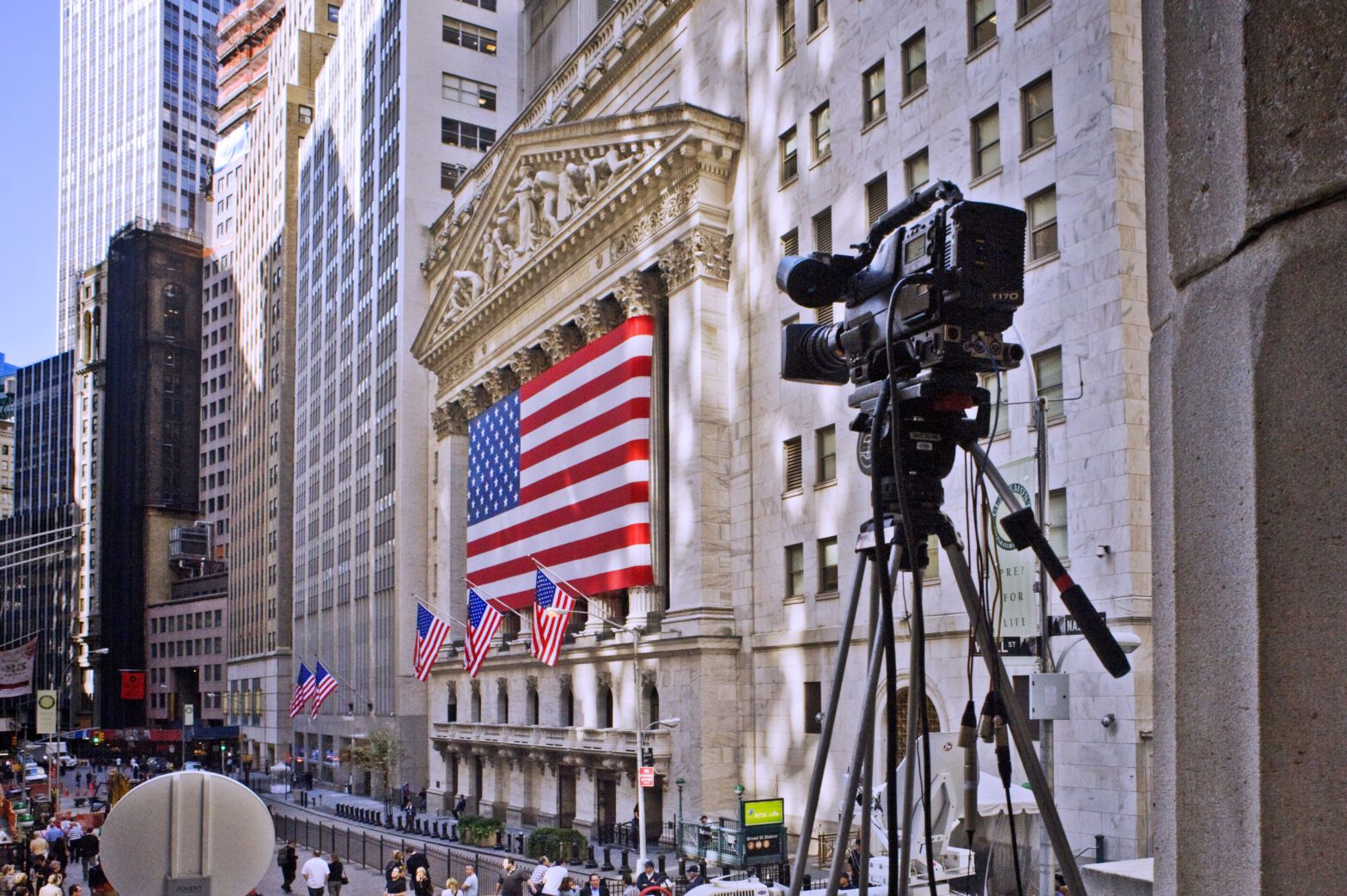With new methane regulations on the horizon, the 2008 global financial crisis has valuable lessons for the oil and gas sector, with notable opportunities for the US.
I’ve been through a wave of transformational regulatory change more than once, in the trading and banking industry, and I remember the massive volume of work and cost that went into preparing to be compliance ready for scary regulations with weird names such as Dodd-Frank, MIFID, or REMIT for the investment banks I worked for at the time.
In particular, after the 2008 global financial crisis, governments worldwide justifiably pushed for financial reforms designed to increase transaction transparency and reduce risk in the sector. The industry adapted of course, and these reforms helped to stabilise financial systems and make global markets safer.
Now, almost 20 years later, and recurring market stresses, such as the Silicon Valley Bank (SVB) bankruptcy in 2023, were well absorbed by the system – many of you might not even recognise the SVB event. The global financial markets are better for it and provide simultaneously a return on shareholder capital and fundamental services to broader society.
The new EU regulations on imported gas mark the start of a similar transformation for natural gas, LNG, and crude EU-importing companies. New methane emission reporting requirements, and eventually the introduction of a methane intensity cap in 2030, pose data collection, reporting, and verification challenges. Many people inside these companies will now need to focus on ensuring their operations are compliant.
Fortunately, this can be a competitive advantage for the stronger players, just like it was for some of the better managed investment banks after the 2008 financial crisis. Look at the banks thriving today – JP Morgan, one of my former employers, springs to mind.
In the methane world, the US is ahead of the rest of the world in its use of methane measurements and operational data in quantifying emissions, and adopting abatement technologies. This is a competitive advantage and the sector should leverage and seize this opportunity to push for effective implementation of the EUMR.
Furthermore, gas buyers are increasingly requesting emissions transparency and low-carbon gas from their producers on a voluntary basis, some of which go beyond the EU methane regulations requirements.
Regardless of who is in charge politically, everything we have seen in the last 12 months, including the certification of Grain LNG, commitments by Commonwealth LNG, and a strategic certified gas transaction between Woodside and bpx, suggests that demand for emissions transparency in LNG and beyond is only increasing.
This trend extends also beyond Europe. Major LNG buyers in Japan, South Korea, and other significant markets, such as China, are also examining how to increase transparency from methane emissions from imported gas. MIQ recently signed an agreement with Japan’s Ministry of Economy, Trade, and Industry (METI) and many fellow institutions to help to enable such an evolution
Already this year we’ve seen collaboration between all stakeholders – regulators, industry, NGOs, and methane tech companies – to help ensure effective compliance with new regulations. Those that fail to adapt risk being at a significant disadvantage, whilst leaders will be able to gain market share.
